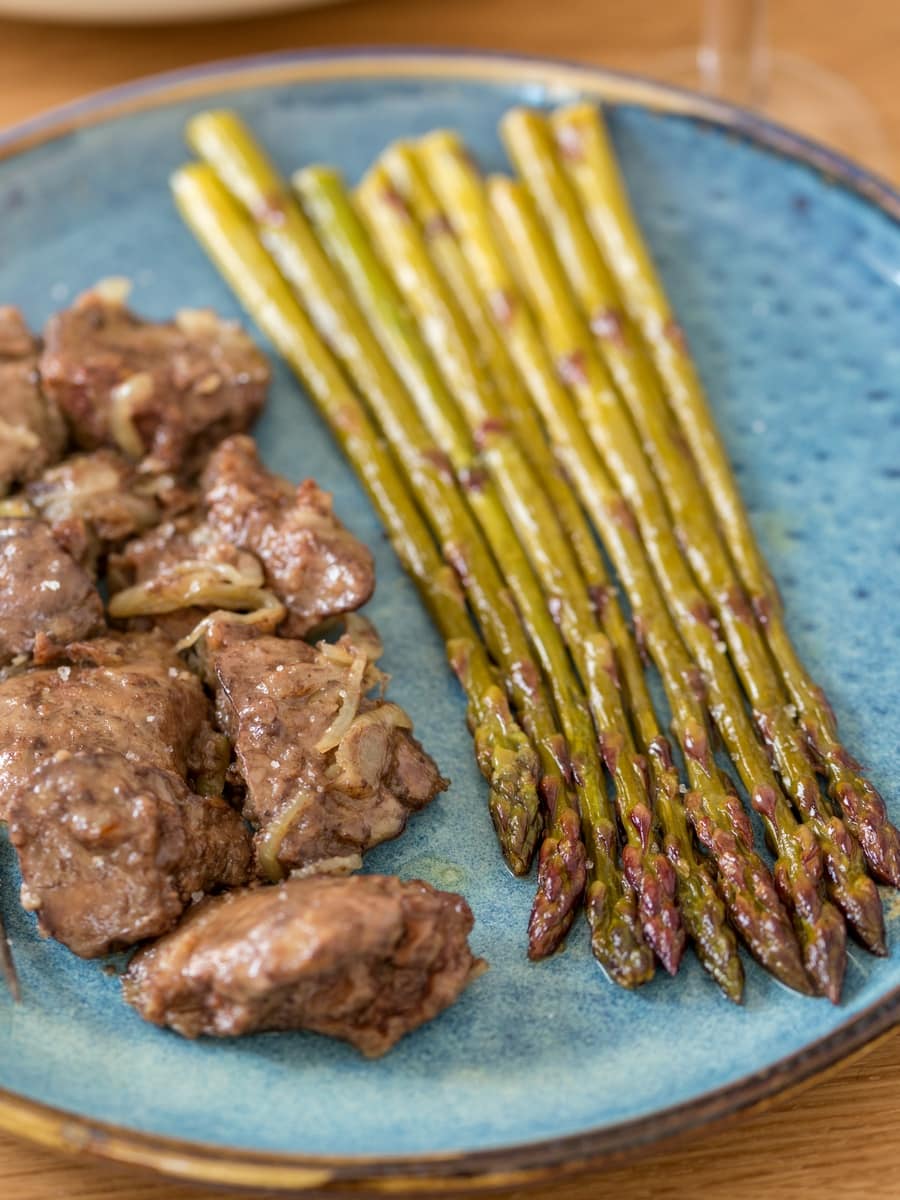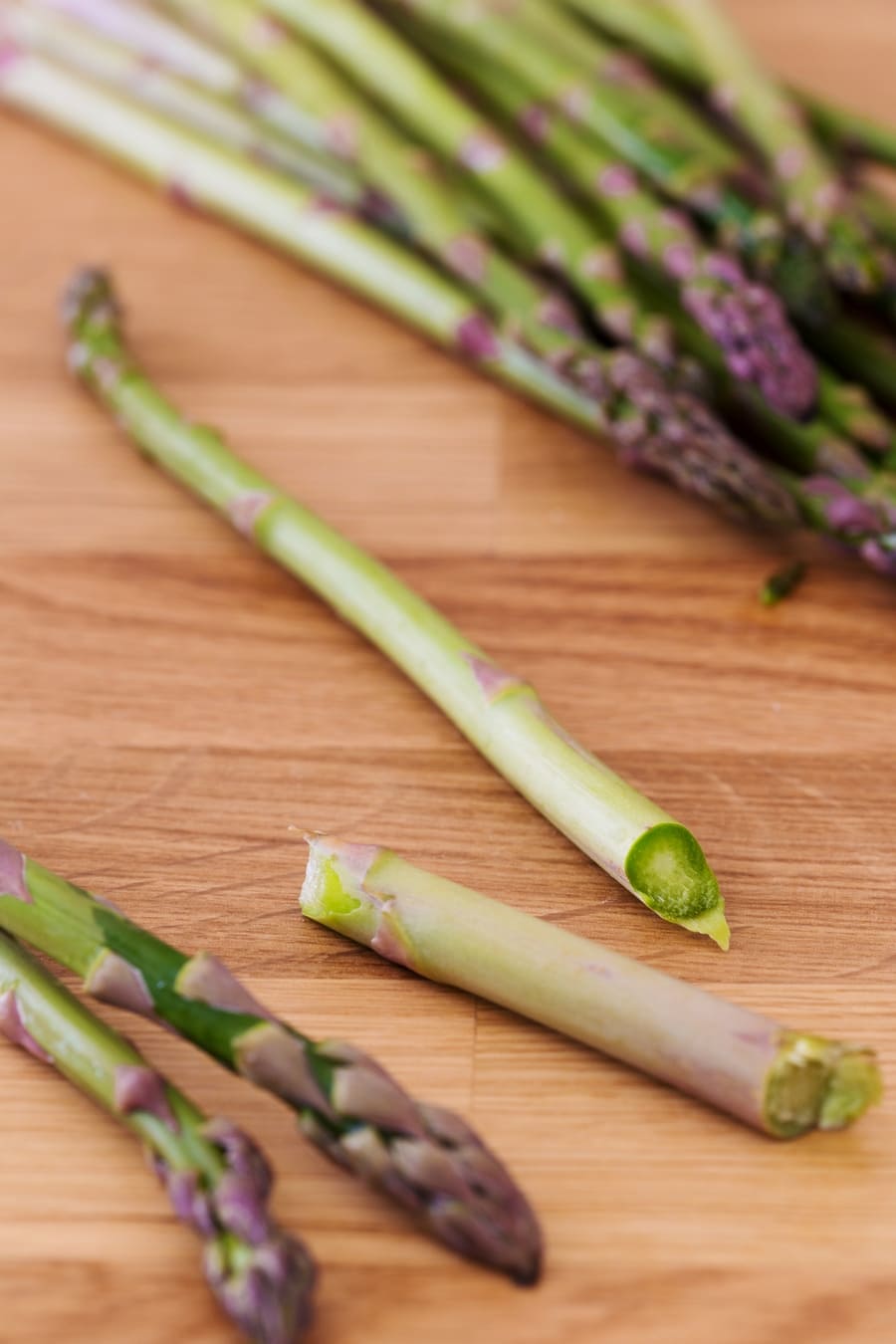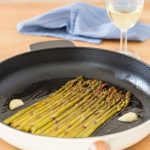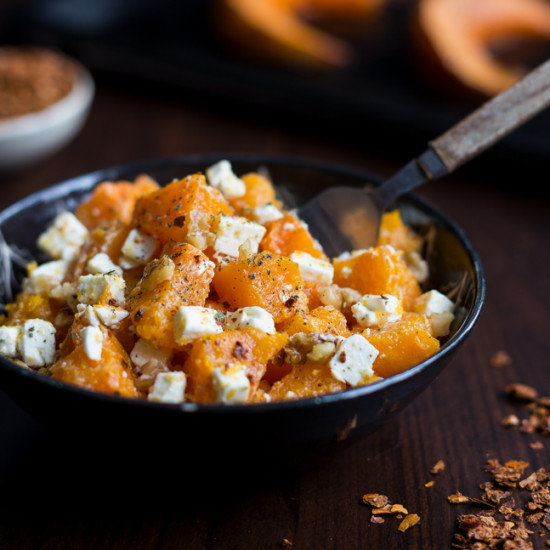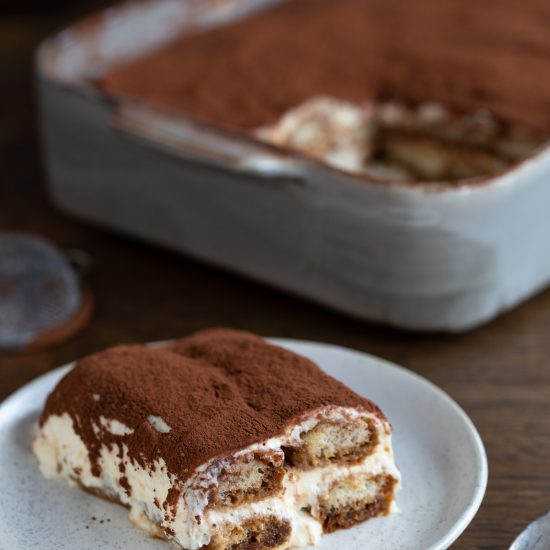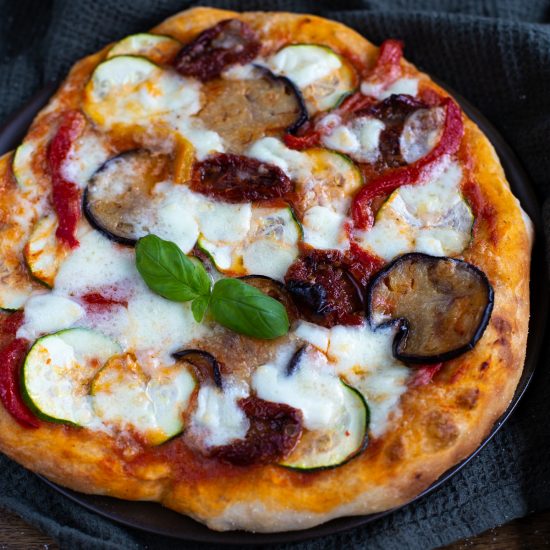With asparagus it’s either love or hate. I’m deeply in love. Asparagus is seldom found on its own. Often, it is used to enrich the flavour of a dish that features it, but I don’t stumble upon enough recipes where asparagus is the real star. This is one of them: I present to you white wine asparagus. Easy and so, so delicious.

What is asparagus most used for? My guess would be as risotto ingredient. Asparagus risotto is such a classic. The mild yet distinct flavour of asparagus makes such a great job flavouring a dish like risotto. It is also widely used in soups, or added to frittatas. Yet I still feel like don’t see enough simple, plain asparagus dishes.
Rich in vitamins and especially fibers, asparagus should really be included in your diet if you happen to love its peculiar flavour. No need to go too elaborate if you don’t have the time. Simple sautéed asparagus stalks are a wonderful side dish. I find that asparagus pairs really well with fish or white meat. Another fantastic combo is with goat cheese. But anything works, really. I mean, here I’m pairing it with my delicious chicken livers with onion.
White wine asparagus recipe
White wine asparagus is a very easy side dish to make. A dish that comes together quickly and that requires very little work. Here’s how to make simple asparagus with white wine. The ingredients are:
- fresh green asparagus – best if super young and fresh, harvested when in peak season
- butter – although many prefer olive oil, especially in Italy, I swear that butter is asparagus’s best friend
- garlic – because we want to give some more flavour to our sizzling butter, don’t we?
- white wine – any white wine you like that is dry or semi-sweet will do great here
- salt – you’re going to need very little salt if any. If using salted butter I skip the salt altogether.
First of all you need to clean and dry the asparagus stalks. When in season, the stalks are usually pretty tender and do not require any peeling. All you need to do is to trim the woody end, which is too chewy to enjoy. Rather than guess-chopping the stalks, there is an easier way to tell how much you need to remove.
Take the bottom part of a stalk between two fingers and grab the stalk with your other hand at about half its length. Gently bend the stalk until it naturally snaps: the breaking point will be where the good soft part of the stem begins. Discard the woody ends, or keep to add to other vegetables in planning to make a veggie broth later.
You can choose to cut your asparagus stalks or to cook them whole. If your pan is big enough to allow their full size, I’d say go with whole ones. I think they make such a nicer effect once plated. I have used my cast iron skillet to prepare my asparagus.

How to make white wine asparagus in a skillet
Set your pan of choice on medium-high heat, add the butter and let it melt. Peel and cut the garlic clove in half. Add to melted butter and stir it around a bit to nicely infuse the butter. Add the asparagus stalks to the pan and sauté them for a couple of minutes.
Pour the white wine into the pot, let evaporate for a minute then cover the pan with a lid. Lower the heat to medium and let simmer for about 15-20 minutes. Check the pan from time to time to make sure the asparagus is nicely steaming in the wine and not sticking to the pan. If you see that the wine has evaporated too quickly, add a little water to create more steam until the asparagus is cooked through. As it cooks, you can notice that the bright green colour of the stalks will turn to yellow-green.

Depending on stalk thickness, cooking time will vary. Thin asparagus can be ready after just 15 minutes, thicker ones may require a little longer. Check for doneness with a fork: the perfect asparagus should be easy to pierce with a fork but still retain some firmness. Over- or undercooking will not be too much of a deal. Asparagus can be consumed raw so undercooking is not a problem. Overcooked asparagus may have a soggy texture but will still taste amazing.
When the asparagus is cooked, remove from the heat and add a small bit of butter on top of the stalks. Let the heat of the asparagus melt the butter , and move it around to spread more condiment all over. I use salted butter, and the combination of that and the white wine gives enough flavouring to the asparagus to not need any salt. Larger stalks may require a dash of salt: proceed to sprinkle a little salt after you remove the asparagus from the heat and just before serving. Your white wine asparagus is ready to enjoy!


How to store asparagus
While in Sweden we get import asparagus year round, it is usually cheapest when it comes from countries that are not too far away. During the winter we usually get asparagus from Peru. It’s great to have the possibility to cave in to this delicious vegetable at that time, but it’s usually a pretty expensive treat and not so environmentally friendly. When asparagus gets in season in Italy and Spain we can definitely get it for a better price, and shorter transportation makes for fresher products that also taste much better.
Since I really love taking advantage of the lower prices we get in the spring, I tend to bulk buy asparagus. I really really like it, but my husband is not too crazy about eating it every day. Unfortunately, the way asparagus affects urine can be quite unpleasant to some. So how to keep your asparagus fresh if you’re not going to use it all up directly?

Simply add your asparagus stalks to a vase (or glass, or jug depending on size ad quantity) and fill it with water, just like you would do with a bunch of flowers. Then cover the top part with a ziplock/plastic bag and keep it in your fridge for up to a week. Your asparagus will stay nice and will not wilt too quickly.
Among the wonderful things about asparagus there is the fact that this is a vegetable that tastes great raw, too! Raw it is less commonly found, but you should really give it a try. Shred it with a vegetable peeler, toss with some olive oil and add to your favourite salad. Or use as topping for salmon carpaccio like I did! What’s your favourite asparagus recipe?
White wine asparagus
Ingredients
- 250 g green asparagus
- 40 g butter divided
- 1 garlic clove
- 100 ml dry white wine
- pinch of salt (optional)
Instructions
- Wash and dry the asparagus stalks. Remove woody ends by lightly bending bottom ends of stalks until they snap. Discard woody parts. It the asparagus is young there is no need to peel the stalks.
- Set a skillet on medium-high heat and add 30 g of butter. Peel the garlic clove, cut it in half and add to melted butter, stirring it around for a minute to infuse.
- Add asparagus to the skillet and sauté for 1-2 minutes. Add the white wine and let it evaporate for about a minute.
- Close the lid and lower the heat to medium. Simmer the asparagus stalks for 15-20 minutes covered, checking them from time to time. If the wine reduces too quickly, add some water to keep having some steam in the pan. Cooked asparagus should easily prick with a fork but still retaining some firmness. Cooking time depends of thickness of stalks.
- When the asparagus is done, remove the pan from the heat. Add remaining butter on top of asparagus, sliding it all over as the heat from the asparagus melts it. Add a sprinkle of salt is desired (not necessary if using salted butter).


